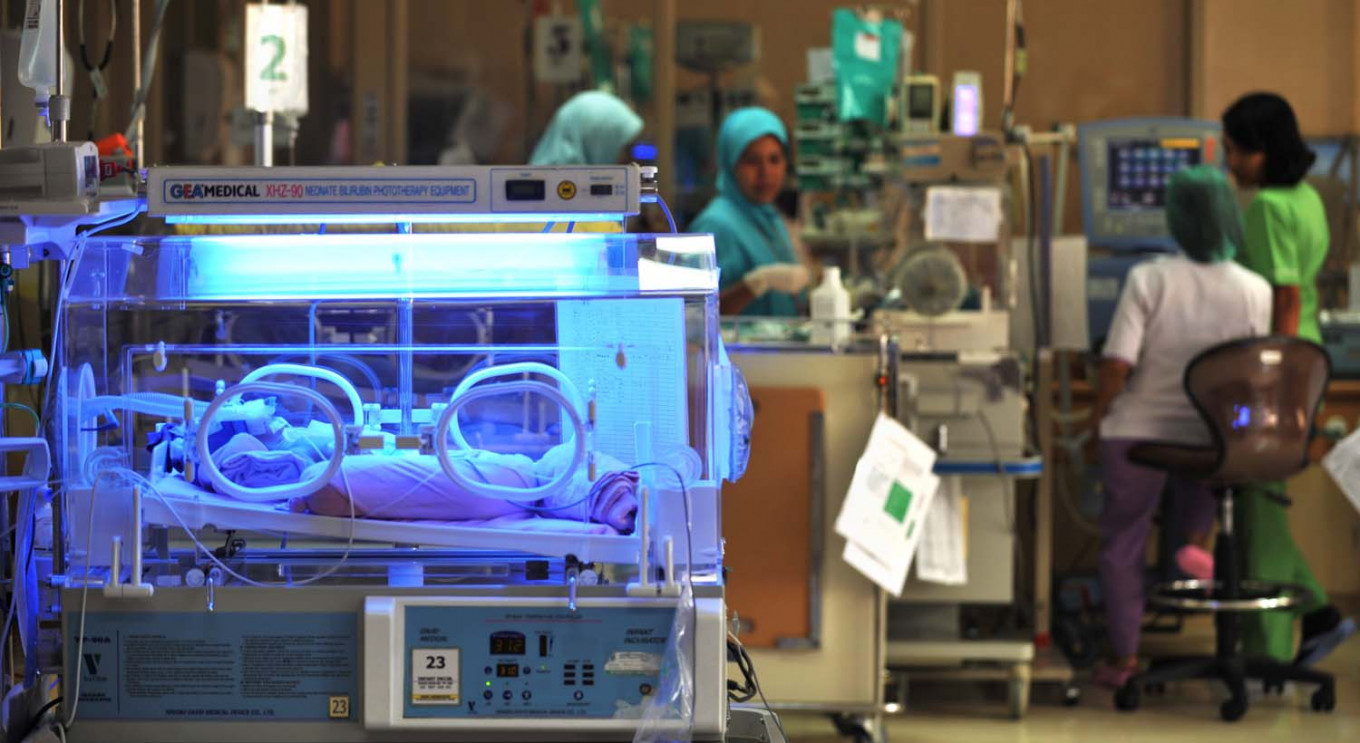Popular Reads
Top Results
Can't find what you're looking for?
View all search resultsPopular Reads
Top Results
Can't find what you're looking for?
View all search resultsSouth, East Asia region needs 1.9 million more nurses, midwives: WHO
Change text size
Gift Premium Articles
to Anyone
I
n recognition of World Health Day, which falls on April 7, the World Health Organization has said that countries in South-East Asia need to redouble efforts to strengthen and expand their cadres of nurses and midwives by 1.9 million to achieve health for all by 2030.
WHO's South-East Asia region (WHO-SEARO) comprises Bangladesh, Bhutan, North Korea, India, Indonesia, Maldives, Myanmar, Nepal, Sri Lanka, Thailand and Timor Leste.
WHO-SEARO regional director Poonam Khetrapal Singh said in a statement on Tuesday that nurses and midwives played a vital role in providing quality health services for all, including for preventing illness, promoting health throughout the life-course, caring for mothers, newborns and children. They also give life-saving immunizations, health advice and look after older people.
“We must redouble our efforts to ensure the nursing and midwifery workforce has the strength, skills and support to meet all people’s health needs,” said Singh.
This year’s theme of World Health Day, which marks the establishment of the WHO, is supporting and strengthening the nursing and midwifery workforce.
Throughout the years, since 2015, improving nursing and midwifery education, deployment and rural retention has been a top priority.
In 2018, the region had 3.5 million nurses and midwives – 18 per 10,000 population - up from 2.9 million in 2014.
Read also: World short of six million nurses, WHO says
“There is progress, but more [actions] need to be done,” Singh said, adding that the regional average was still far below the global average of 37 nurses per 10,000 population, and the required minimum of 40 nurses per 10,000 population.
The region will need as many as 1.9 million more nurses and midwives by 2030. To fill this gap, the first-ever State of the World’s Nursing Report, released on Tuesday, highlights key areas that countries need to focus on.
“We need to increase the number of nurses and improve nursing education. We need to improve the number of jobs for nurses, their quality and distribution in rural and marginalized areas and we need to enhance leadership, management and the assignment of specialized roles for nurses,” Singh suggested.
Progress on each of these priorities will help countries strengthen services for maternal and child health among other needs, while also positioning them to better respond to noncommunicable diseases, to provide adequate intensive care services, and to meet the health needs of older people, he added.
“The global outbreak of COVID-19 emphasizes how crucial nurses are to health security, and WHO takes this opportunity to thank them for their service in these challenging times,” he said.
Singh called on countries to sustain and accelerate progress in the vital area, saying that the WHO reiterated its commitment to supporting all countries in the region to strengthen their nursing and midwifery workforce.
“Together we can achieve universal health coverage and advance the equity agenda. Health for all at all ages is possible. We must make it happen,” he concluded.










